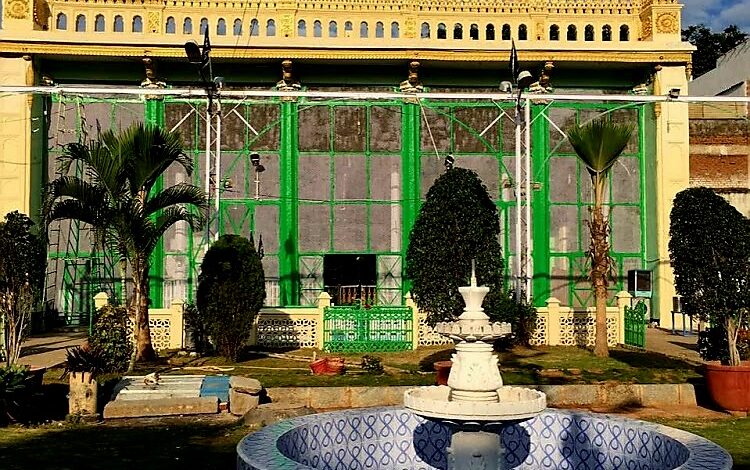
The Indian daily newspaper “The Hindu” reported that representatives of the Shia community in the country have successfully obtained government approval to build an external wall to protect the oldest Shia Hussainiya in Indian history from encroachment under the guise of commercial investment.
The Hussainiya, known as Baadshahi Ashurkhana, was built during the reign of Sultan Muhammad Quli Qutb Shah in the ancient city of Hyderabad, India, in 1611 for the purpose of commemorating the events of the 10th of Muharram through mourning ceremonies that last a full day each year.
The report added that the “marvel of the tiled courtyard,” which is over 400 years old, will finally receive an entrance befitting its heritage status, noting that “this action follows a government commitment approved by the Deputy Attorney General in India to build a boundary wall around this important heritage site.”
The report’s author, Indian investigative journalist Suresh Nanisetti, quoted a memorandum from the Deputy Attorney General’s office announcing that “the revised estimate has been prepared, and the boundary wall will be completed and compliance report submitted by the last week of June 2024 after the office receives an official request to protect this historical Hussainiya.”
Nanisetti further quotes Mir Abbas Musawi, the legal custodian of the Hussainiya and the eleventh generation descendant, confirming that he “fought fiercely to protect this Ashurkhana after it became a target for encroachers aiming to build commercial facilities on its ruins,” explaining that “the recent government commitment to build an external wall for this Hussainiya comes after a long-term struggle by the Musawi family to resist attempts to alter its religious and heritage identity.”
The writer concluded his report by noting that the ancient Baadshahi Ashurkhana was transformed into a storage warehouse following the occupation of Hyderabad by the Mughal armies of Aurangzeb in 1687.





